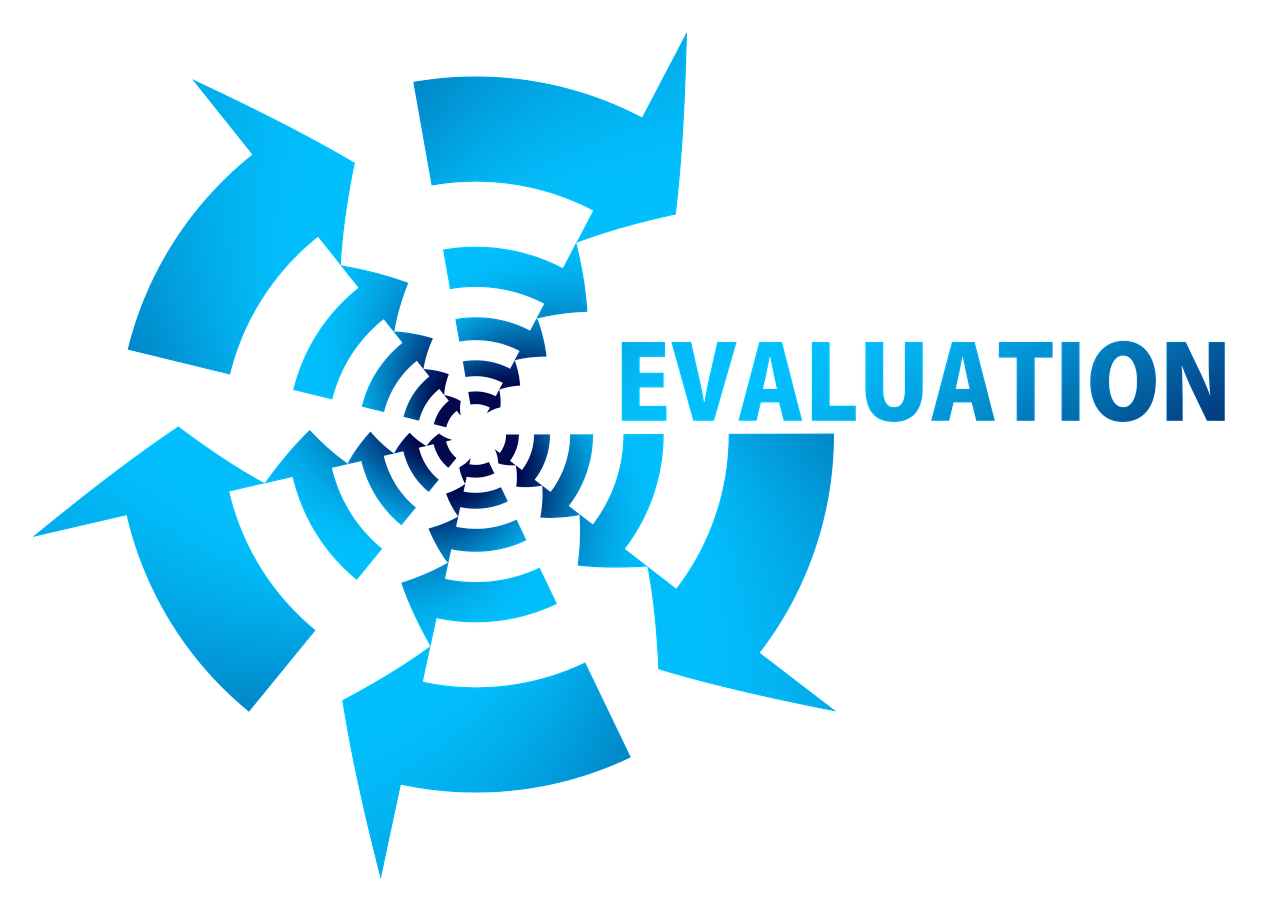After helping a number of SMB businesses (with less than 1,000 employees) to evaluate and select a CPQ tool I want to share some tips that should help with the Request for Information process as well as with the actual selection process. While this should provide anyone a basic guidance how to evaluate a CPQ tool it is more tailored toward smaller businesses. Note that this information should be helpful to get started on your own but I still encourage you to involve a CPQ consultant to make sure you get the right tool for your business.
1. Consider the cost of the CPQ solution
- While this may sound like common sense I have seen many times that a CPQ solution is investigated based on popularity and capabilities but not budget. You know your budget and you should keep a close eye on it when you evaluate and select CPQ vendors.
2. Determine where you want to use your CPQ solution (what Route-to-Market)
- Sales Teams
- Channel Partners
- eCommerce
Learn if the CPQ vendor provides proven solutions for your main Route(s)-to-Market.
3. Determine what Configuration Capabilities you require
- Do you need a configurator for low, medium or highly complex products? Example: How many product level hierarchies (i.e. nested configurations) do you require to setup a product?
- Do you need a standard user interface with drop-downs, radio buttons, check boxes etc. or do you require a
- graphical configuration 2D / 3D interface?
- If you need a 2D / 3D interface, what CAD tools do you need to integrate with?
- Check also that the CPQ vendor has deployed their solution successfully in your industry. Are there reference customers?
4. Determine what Pricing Capabilities you require
- Do you need to display Prices within the configuration experience? Note that many CPQ solutions show you the prices afterwards
- Do you need to display delta pricing? Delta Pricing = Difference of default option to another option. Example: By default the HDD for a laptop is 250GB (no price) if the user changes to the 500GB option he has to pay $75 more.
- Where does your Price Logic reside? Will it stay there?
5. Determine what capabilities you require to format quotes and proposals
- Can you create multiple versions of sales proposals for the same customer?
- Can you create multiple versions of Terms & Conditions and use them (generic/customer specific) depending on customer type?
- Can you attach multiple Marketing Materials to your proposals?
- Do you require a notification after a customer opened your proposal so that you can follow up?
6. Determine available integrations for CRM and ERP packages
- While not everyone may think of integrating a CPQ solution with a CRM and/or ERP package from the start it is important to know that you can if you need to (which is very likely and recommended in the long run).
7. Determine if you need to support configurations from a customers install base (products a customer already owns)
- This can be the case for Software companies. Example: A customer buys 10 more licenses of Software ABC in addition to the 500 licenses they already have.
8. Determine your Configuration User Interface (can be different for different Routes to Market) and Workflow requirements
- How flexible does your User Interface need to be?
- Do different Users need to see different information?
- How complex are your workflows?
9. Determine the CPQ solution maintenance requirements
- Does a tool administrator need a certification to maintain the tool?
- Who is usually maintaining the tool? A business oriented or a technical oriented person?
- How big is a typical/average team to maintain the solution?
- How easy is it to make quick changes (e.g. a wrong price on a product, a product rule was not retired as planned).
- Is it possible for a tool administrator to work on local changes before they are committed to production? (requires a development and a production environment)
- How is your New Product Introduction Process connected to the CPQ solution?
10. Determine if you need Contract Lifecycle Management (CLM) and Billing integrated with your CPQ solution
- If you do then you are looking for a Quote to Cash solution
While this is certainly not an exhaustive list it is a good starting point for SMB businesses. For Enterprise level solutions (meaning more complex, larger solutions) many other things need to be considered. Don’t hesitate to email me at info@NovusCPQ.com if you have any questions or looking for help with this process.


Leave A Comment